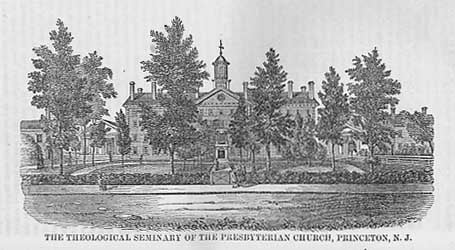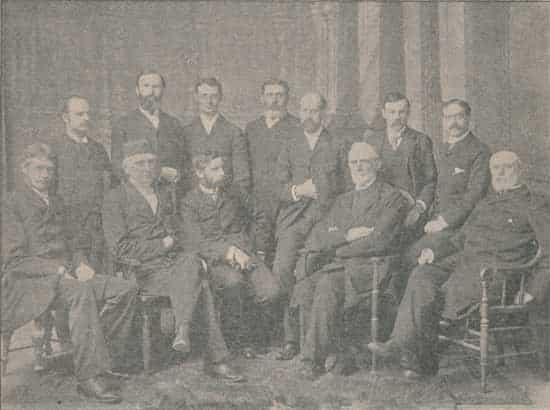STUDIES IN THE WESTMINSTER SHORTER CATECHISM
by Rev. Leonard T. Van Horn
Q. 32. — What benefits do they that are effectually called partake of in this life?
A. — They that are effectually called do in this life partake of justification, adoption, sanctification, and the several benefits which, in this life, do either accompany or flow from them.
Scripture References: Rom. 8:30; Eph. 1:5; I Cor. 1:30.
Questions:
1. What should we note about these benefits?
We should note that these benefits are absolutely tied up with effectual calling. It should be further noted by us that “calling”, in the Bible sense of the word, cannot fail or remain ineffectual. Effectual calling has the power to produce the intended effect, that of enabling us to embrace Christ Jesus. It also has the same power to grant us certain benefits.
2. What are these benefits granted to us as those effectually called?
These benefits are justification, adoption and sanctification.
3. What connection is there between effectual calling and justification?
The sinner has communion in the righteousness of God.
4. What connection is there between adoption and effectual calling?
The sinner has a spiritual Father, God, through his relationship to Jesus Christ.
5. What connection is there between effectual calling and sanctification?
The sinner has a relationship to Christ regarding their ability to live as Christians should live. He is the Christian’s strength.
6. What should be the attitude of the Christian towards these benefits?
Regarding these benefits the Christian should:
A. Give all diligence to make his calling and election sure (2 Peter 1: 10).
B. Be thankful that he is justified, adopted and is in the process of sanctification and show his thankfulness by praising the Lord and by serving Him.
C. Be looking forward to the day when, by His grace, He will be glorified knowing that such is the hope of those who have been predestinated, called, and justified.
HONEY OUT OF THE ROCK
In Psalm 81 there appears the following verse: “He should have fed them also with the finest of the wheat: and with honey out of the rock should I have satisfied thee.” Secular history teaches us that there were in the area of Palestine many wild bees who made their abode in the crevices of rocks. The rock here, spiritually speaking, represents Jesus Christ and the honey represents the fulness of grace in Him.
Indeed the believer has many benefits in Him, as our Catechism Question teaches us. The effectually called believer partakes of justification, adoption, sanctification and the other benefits. However, some of these benefits come only to His obedient children. Spurgeon states, “When his people walk in the light of his countenance, and maintain unsullied holiness, the joy and consolation which he yields them are beyond conception. To them the joys of heaven have begun even upon earth. They can Sing in the ways of the Lord. The Spring of the eternal summer has commenced with them; they are already blest, and they look for brighter things. This shows us by contrast how sad a thing it is for a child of God to sell himself into captivity to sin, and bring his soul into a state of famine by following after another god. 0 Lord, for ever bind us to thyself alone, and keep us faithful to the end.”
Christian, even as you have read the above, is such a description of your relationship with Him? Our Catechism teaches us that we certainly can enjoy the “showers of blessing” from above”, for these are the heritage of the Christian. But so many times we are not making use of them, we lose them because we do not walk with Him “in the light of His way.” The way of obedience to His Word is not our way and our testimony for Him and our joy in Him is not what it should be.
Someone once prayed: “Lord of every thought and action. Lord to send and Lord to stay. Lord in speaking, writing, giving Lord in all things to obey. Lord of all there is of me, now and evermore to be.” Indeed He will feed us with “honey out of the rock” if we will but commit ourselves to Him, all to His glory.
Published By: THE SHIELD and SWORD, INC.
Vol. 3 No. 32 (August 1963)
Rev. Leonard T. Van Horn, Editor




